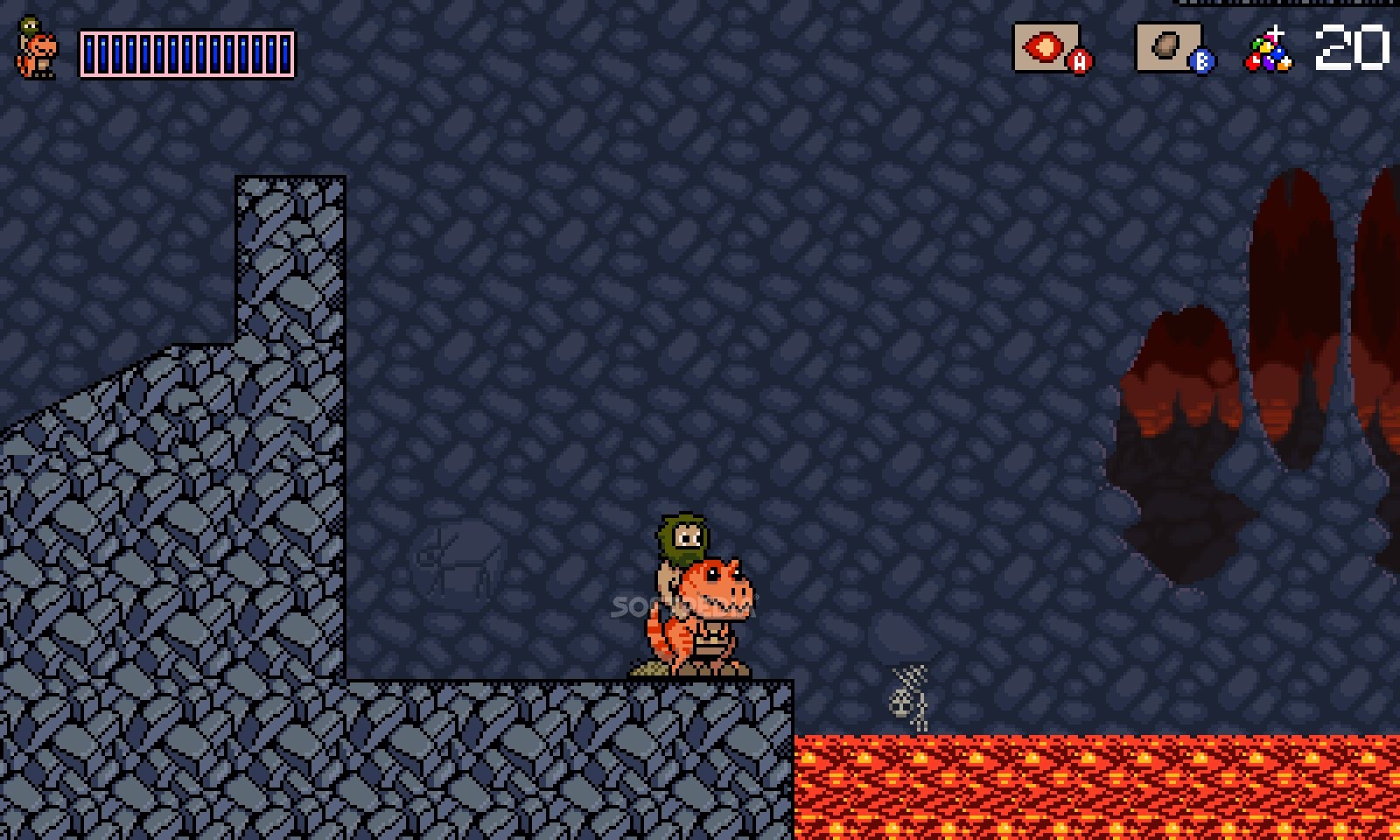
Aggressive supportive care is necessary to achieve a successful outcome, and the likelihood of of survival has been proven to be associated with body weight and IV administration of pyridoxine and negatively associated with dose of isoniazid ingested and presence of seizures. When in doubt, rapid diagnosis of isoniazid poisoning in dogs is warranted, as it requires prompt treatment for best survival. In a study by Schmid et al, the probability of survival for isoniazid toxicosis was positively associated with IV administration of pyridoxine and negatively associated with dose of isoniazid ingested and presence of seizures.20 Dogs that received pyridoxine IV were 29X as likely to survive as dogs that did not receive pyridoxine IV.ĭose: suggested dose of 71 mg/kg IV, diluted to 5-10%, slow over 30-60 minutes. Without the administration of pyridoxine, the prognosis is poor for isoniazid toxicosis in dogs. Pyridoxine s converted to pyridoxal phosphate and pyridoxamine and enhances excretion of the toxicant. Pyridoxine is the antidote necessary for isoniazid toxicosis in dogs, and typically needs to be obtained from a human hospital. Thankfully, unlike the majority of toxicants out there in veterinary medicine, isoniazid poisoning has an ANTIDOTE! The antidote pyridoxine hydrochloride (typically available as 100 mg/ml) should be obtained as soon as possible. Muscle relaxants (e.g., methocarbamol) to stop tremor activity.Anticonvulsant (e.g., diazepam, phenobarbital, levatiracetam, etc.) to stop seizure activity.Ant-emetics (e.g., maropitant 1 mg/kg, IV q 24) to treat nausea and vomiting, while preventing secondary aspiration pneumonia.I personally administered a dose of maropitant (1 mg/kg, IV) immediately prior to sedation for intubation and gastric lavage to minimize aspiration pneumonia.Īdditional treatment also includes the use of the following: This should be done in the intubated patient with an inflated endotracheal tube (ETT) to prevent aspiration. If recent ingestion (< 2-6 hours) is suspected in a symptomatic patient, and you still feel the isoniziazid tablets are in the stomach, gastric lavage under anesthesia may be necessary. Unfortunately, due to the rapid onset of clinical signs, it is often too late to decontaminate the patient. Treatment should be focused on symptomatic supportive care. Acid-base abnormalities (e.g., metabolic acidosis)įollow up clinicopathologic monitoring should include a biochemistry panel and recheck hepatic panel (3-5 days later), depending on the response of the patient.That means that one 300 mg tablet can result in severe poisoning in a 10-pound dog.Ĭlinicopathologic testing in dogs poisoned by isoniazid include: The LD50 in dogs is estimated to be as low as 50 mg/kg (1,2) at this same dose, seizures can be seen.


Other common clinical signs seen in that study included: CNS signs without seizures (94), and gastrointestinal (41), cardiovascular (19), urogenital (4), and respiratory (1) abnormalities. In a study by Schmid et al, clinical signs of isoniazid toxicosis were observed in 98% of 137 dogs within their retrospective study, with seizures being the #1 clinical sign seen in 104 dogs. Many assume that since this is an “antibiotic” that it is safe however, when accidentally ingested in dogs (and rarely, cats), it can result in severe clinical signs.Ĭlinical signs of isoniazid toxicosis in dogs include: INH depletes the CNS of pyridoxine and also decreases levels of GABA within the brain. While it is used in veterinary medicine to treat Mycobacterium or Actinomyces, it has a narrow margin of safety in dogs and cats.(1,2) This drug works by blocking the synthesis of mycolic acid. Isoniazid (commonly known as INH) is a human medication used for tuberculosis. While this isn’t a common toxicant seen in dogs, it can potentially be fatal and veterinary professionals must be aware of the narrow margin of safety with this human and veterinary antibiotic. Justine Lee, DACVECC, DABT reviews isoniazid toxicosis in dogs. In this VETgirl online veterinary continuing education blog, Dr.


 0 kommentar(er)
0 kommentar(er)
